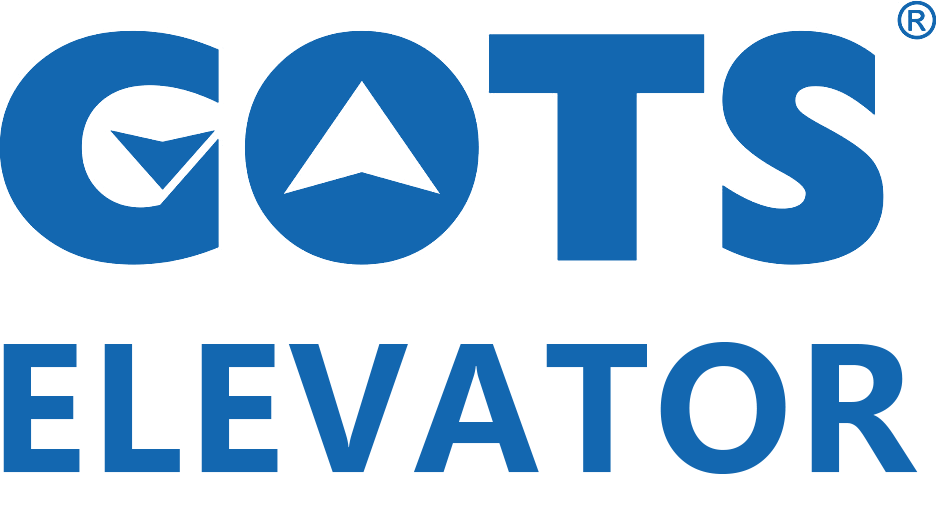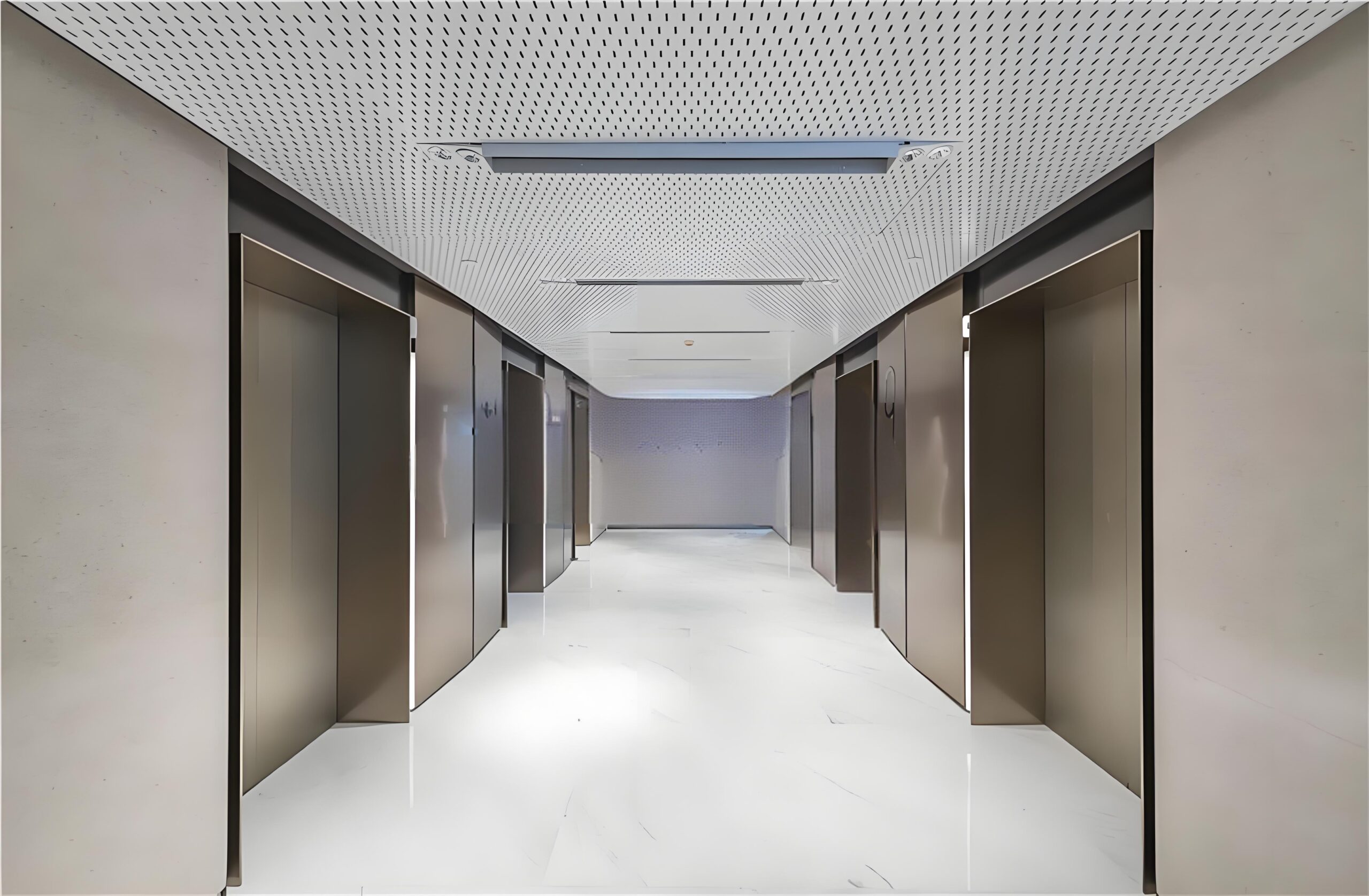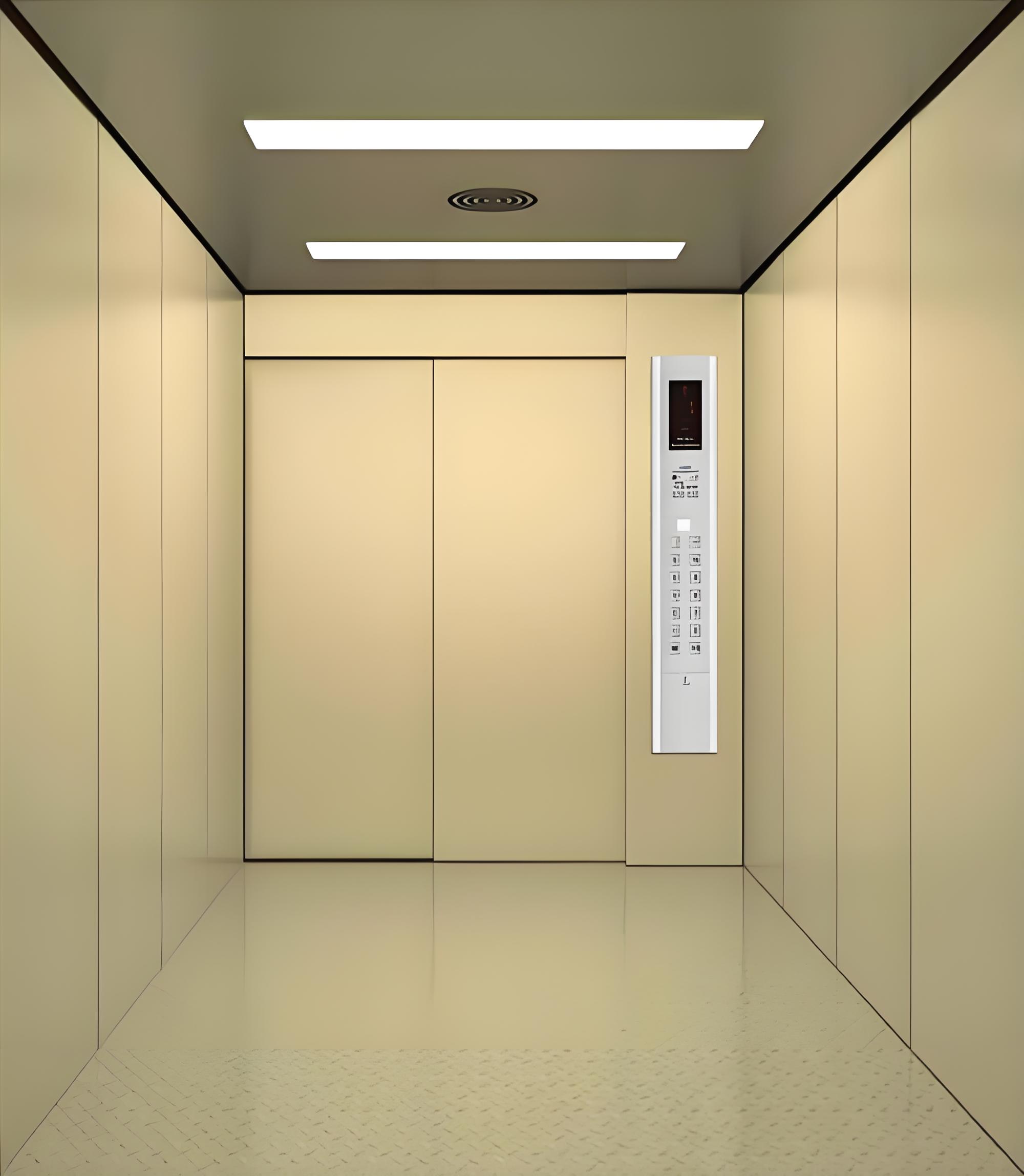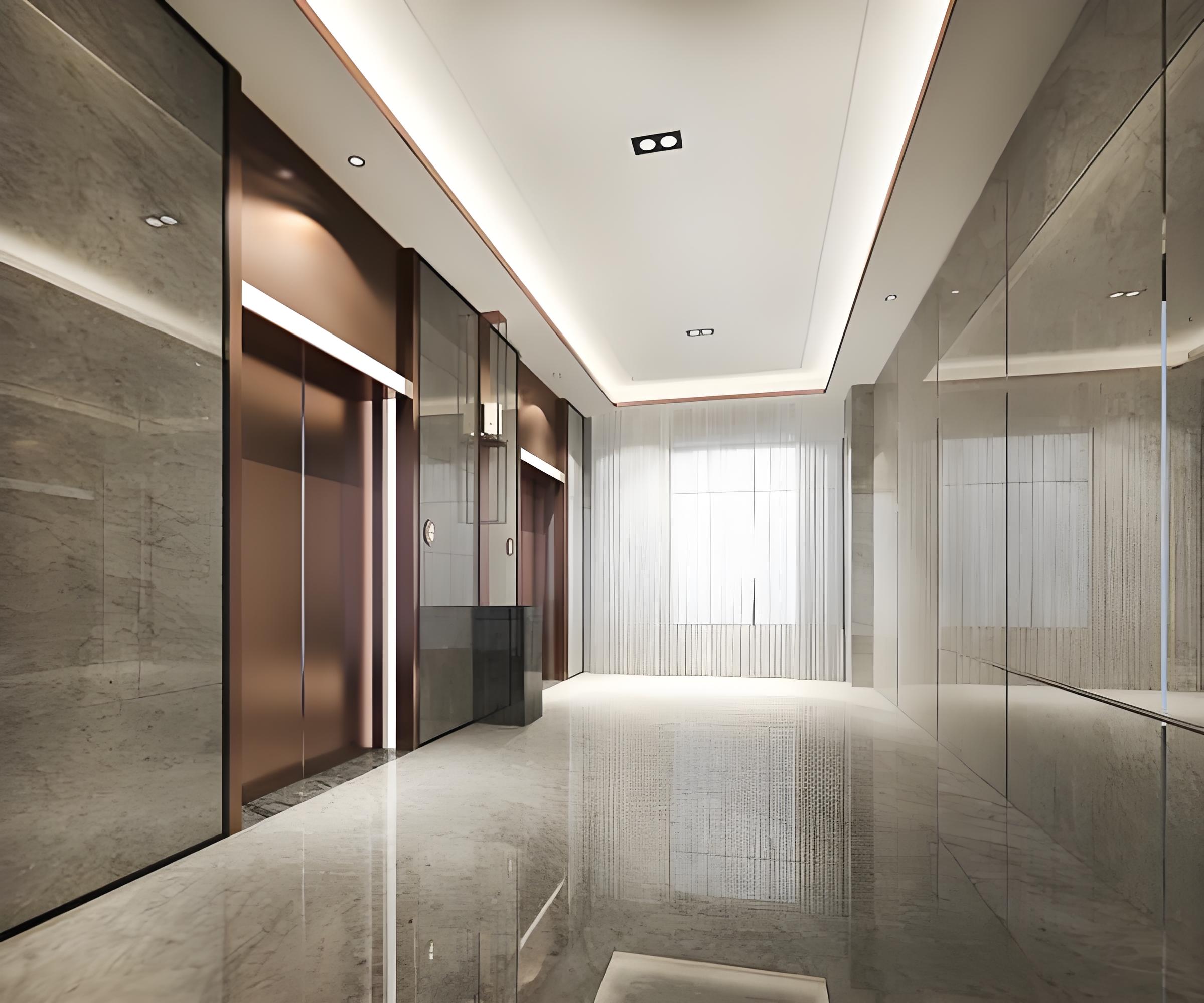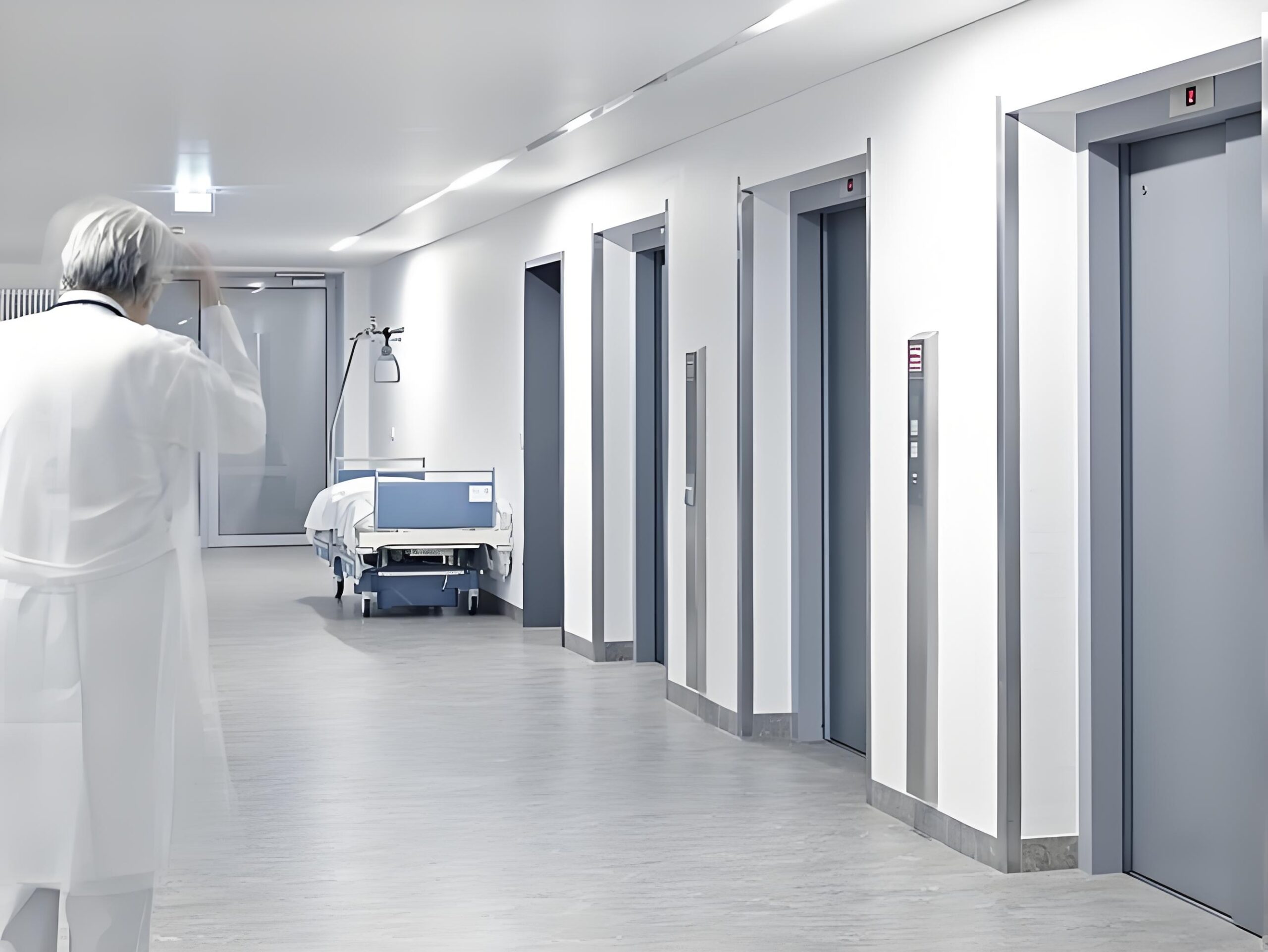The elevator control system is the core technology that ensures precise, reliable, and energy-efficient operation of modern vertical transport systems. With the increasing number of high-rise buildings exceeding 100 meters in height, elevator control systems face growing challenges to efficiently manage traffic flow, enhance safety, and reduce energy consumption.
This article examines the key components of elevator control systems, explores advanced features, and introduces essential control system parts that support superior performance across various building types.
Core Components of an Elevator Control System
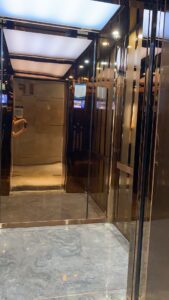
A modern elevator control system integrates various hardware and software modules to manage the elevator’s motion, passenger interaction, and safety protocols. The key components include:
- Controller Unit:
Serving as the system’s “brain,” the controller executes thousands of commands per second, managing car speed, door operation, and precise floor leveling within ±3 mm. High-performance controllers use microprocessors capable of processing up to 10,000 instructions per second, ensuring smooth acceleration and deceleration that enhance passenger comfort. This precision is especially important in high-rise office towers and residential skyscrapers, where timing and comfort directly impact user experience.
- Drive Systems:
Most contemporary elevators employ Variable Voltage Variable Frequency (VVVF) drives. These drives regulate motor speed and torque, reducing energy consumption by 30–50% compared to traditional hydraulic or fixed-speed systems. VVVF drives enhance motor longevity by reducing mechanical wear and operational noise. They are ideal for commercial complexes and mixed-use developments where energy efficiency and noise reduction are critical.
- Safety Features:
Safety remains paramount, with components such as overspeed governors, redundant braking systems, and load sensors accurate to within 0.5%. These systems continuously monitor elevator status to prevent overloading, uncontrolled descents, or door malfunctions, complying with stringent international standards like EN 81 and ASME A17.1. Such features are vital in public buildings, hospitals, and hotels where occupant safety is a top priority.
- User Interfaces:
Passenger interaction is facilitated through car operating panels and hall call buttons. Modern interfaces include touchscreens, voice recognition, and braille keypads, improving accessibility and user experience for all passengers. Enhanced interfaces are particularly beneficial in public transit hubs and accessible housing developments.
Elevator Control System Parts and Types
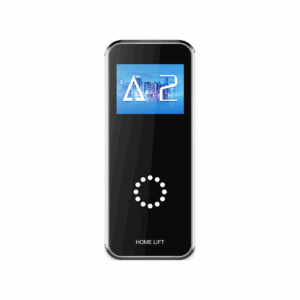
An elevator control system relies on several key parts that ensure operational precision, safety, and accessibility. Representative products from GOTS ELEVATOR include:
Designed for high-rise buildings and complex environments, this control box delivers high-speed data processing and advanced fault detection. It manages group operations efficiently during peak hours and supports predictive maintenance to reduce unexpected downtime. This makes it well-suited for large office buildings and residential towerswith heavy passenger flow.
This hall call button features a robust design and intuitive user interface. Equipped with bright LED indicators and a responsive touch surface, it provides reliable communication with the control system and maintains consistent performance in high-traffic installations such as shopping malls and public institutions.
The Push Button A19 is engineered for durability, with a lifespan exceeding 1 million press cycles. Its ergonomic design and high-visibility LED illumination make it ideal for car panels and hall stations in commercial buildings, hospitals, and hotels, where frequent use and reliability are essential.
These components are integral to the elevator control system, supporting seamless operation while enhancing safety and efficiency across diverse building environments.
Advanced Types of Elevator Control Systems
Modern elevator control systems have evolved into several advanced types, each designed to meet specific building demands and operational goals:
- Microprocessor-Based Control Systems
These systems use sophisticated microprocessors to manage elevator functions with high precision. They support complex algorithms for smooth acceleration, deceleration, and optimal car dispatching, suitable for mid- to high-rise buildings.
- Group Control Systems
Designed to coordinate multiple elevators in large buildings, group control optimizes traffic flow by assigning cars based on passenger demand, reducing wait and travel times during peak hours.
- Destination Control Systems (DCS)
Destination Control Systems enable passengers to input their destination floors in advance, allowing the system to group trips efficiently and minimize unnecessary stops. This system is ideal for busy commercial complexes and skyscrapers.
- Machine Room-Less (MRL) Control Systems
MRL systems save building space by incorporating the motor and control units directly into the hoistway, removing the requirement for a dedicated machine room. They are commonly used in residential and mid-rise commercial buildings.
- Regenerative Drive Systems
These advanced drives recover energy generated during elevator descent and feed it back into the building’s power supply, enhancing energy efficiency—often used in green buildings aiming for sustainability certification.
- AI-Powered Control Systems
Utilizing artificial intelligence and big data, these systems analyze real-time traffic patterns to optimize elevator scheduling dynamically, improving efficiency and passenger experience in complex or busy environments.
Each of these advanced types offers unique benefits and is selected based on building height, traffic volume, energy goals, and space constraints.
Conclusion
The elevator control system has become a highly sophisticated element of modern building infrastructure. Advanced control units, energy-efficient drives, and intelligent components such as the Control Box GOTSCM005, Outbound Call TS-W31, and Push Button A19 ensure seamless operation, enhanced safety, and superior user experience.
For developers and facility managers, adopting these technologies is crucial to meet the demands of urban environments and support sustainable building management.
For more information or inquiries, please contact us. We are dedicated to providing advanced elevator solutions tailored to your building’s needs at GOTS ELEVATOR.
